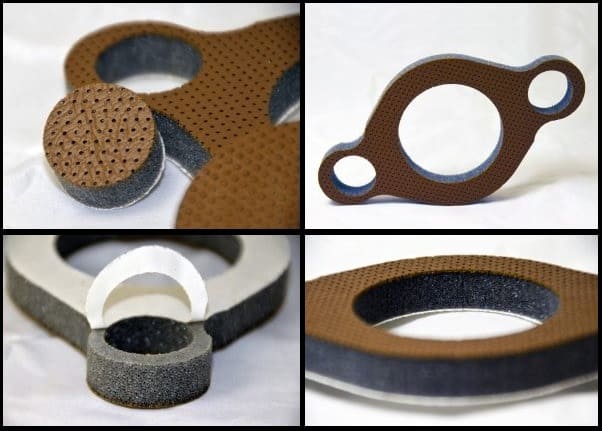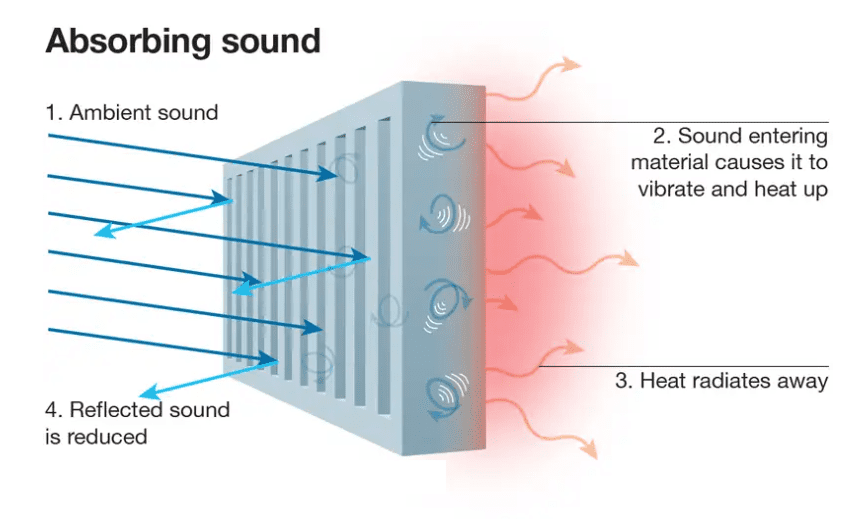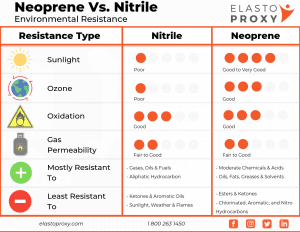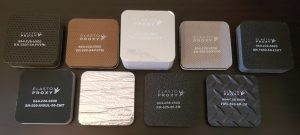Elasto Proxy’s sound absorbers guide explains how to select, use, and install acoustic insulation that absorbs sounds.
Sound absorbers work by absorbing sounds instead of blocking or damping them. They are used at the source of the sound and at its receiver. The source of the sound is the origin of the noise, or unwanted sound, that you want to control. The receiver is the listener, such as a heavy equipment operator, an electric vehicle (EV) driver, or a factory worker.
This sounds absorber guide from Elasto Proxy answers these questions.
- How do sound absorbers work?
- What are sound absorbers made of?
- How is a sound absorber manufactured?
- How do you choose the right sound absorber?
- What are some standard sound absorber products?
- How do you buy a custom sound absorber?
Keep reading or contact us to request a quote or discuss your application.
How do sound absorbers work?
Sound is a form of energy that makes objects vibrate. It travels through the air in waves that have specific lengths, or wavelengths. Sound will continue traveling unless there are objects or materials that are in the way. Sound absorbers work by converting acoustic energy into small amounts of low-grade heat that is dissipated.
What are sound absorbers made of?
Sound absorbers are made of open-cell acoustical foams that can be combined with specialized facings on one side and a pressure-sensitive adhesive (PSA) on the other. Depending on the application, one or more acoustical foams can be used, and the product can also include a sound blocker or sound dampener.
Acoustical Foams
The open cells in sound absorbing foams are like tiny pockets that allow the passage of air and convert sound energy into heat. Their acoustical performance is highly predictable because the foam manufacturer carefully controls the uniformity of each cell. Elasto Proxy also has an-house laboratory where we can test acoustical properties.
Most sound absorbers are made of the following types of foams:
- polyester
- polyurethane
- polyimide
- urethane
- melamine
These foams are available in different colors and can comply with flammability or other requirements.
Facing Materials
Sound absorbing foams can have facings that tune-out specific frequencies or provide additional properties. For example, a facing material can absorb the low-frequency rumble of a diesel engine or the high-pitched squeak of industrial machinery. The facing material can also provide a decorative, durable, or cleanable finish.
There are two commonly used facing materials: vinyl and aluminum foil.
- Vinyl can absorb low frequencies and is easy to clean.
- Aluminum foil reflects radiant heat.
With heavy equipment, a vinyl-faced sound absorber could be used in the cab while a foil-faced sound absorber could be used in the engine bay.
PSA Adhesives
Sound absorbers can include a PSA adhesive for ease of installation. You can install a sound absorber with spray adhesives instead, but that process is labor-intensive, results in material waste, and can raise environmental health and safety concerns. When a sound absorber comes with a PSA adhesive, installers have a peel-and-stick solution.
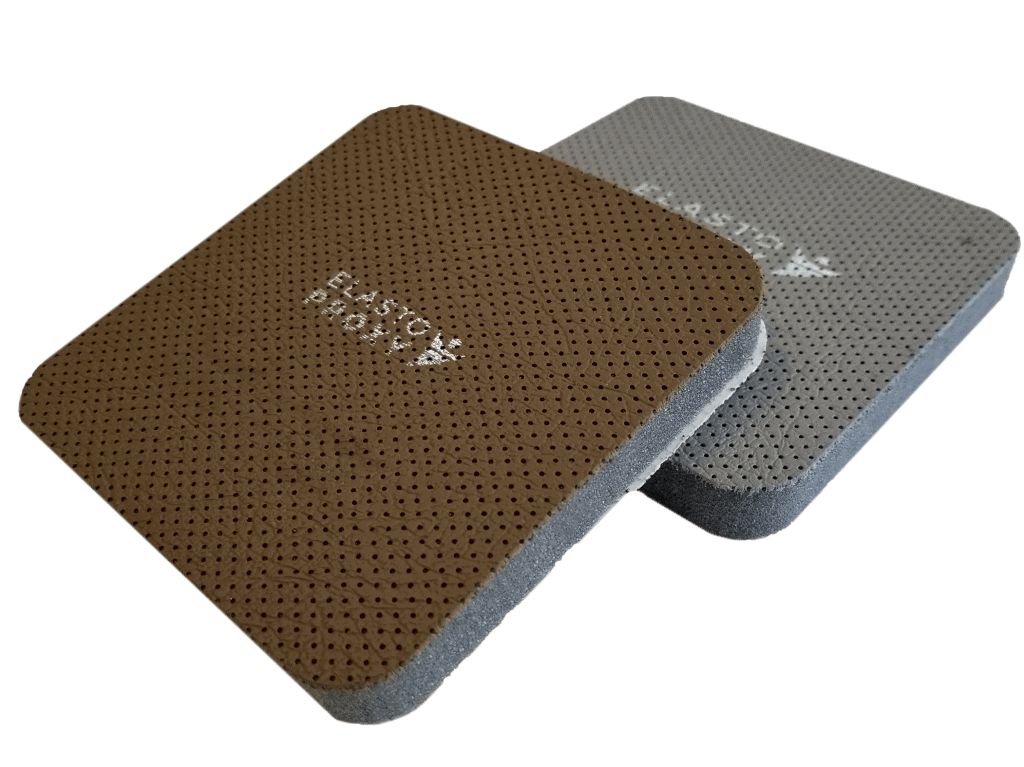
How is a sound absorber manufactured?
Elasto Proxy uses lamination and water jet cutting to produce your sound absorber. At our manufacturing center near Montreal, Quebec, Canada, we laminate sound absorbing foams that we source as sheets or rolls in various lengths, widths, and thickness. Some of these foams come with a facing, but we can apply one if they do not.
Using water jet cutting, Elasto Proxy coverts these laminated, sandwich-style structures to size. Water jet cutting makes fast, precise, and consistent cuts with clean edges. It can also support features such as chamfers, small holes, dovetail cuts, and 90° corners. Because there’s no tooling to wait for or pay for, water jetting is ideal for prototyping. Yet it also supports low-to-medium volume production.
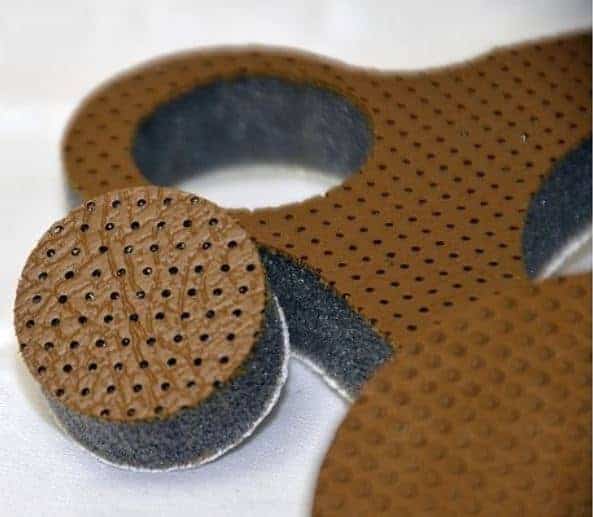
Lorem ipsum dolor sit amet, consectetur adipiscing elit. Ut elit tellus, luctus nec ullamcorper mattis, pulvinar dapibus leo.
How do you choose the right sound absorber?
Choosing the right sound absorbing solution involves asking and answering a series of questions about your application requirements. Each application is different, but this list is a good place to start.
- What is the maximum insulation thickness that your application can support?
- Are you trying to insulate an area where there’s air flow resistance, or can air flow in and out?
- Do you need facing materials that can absorb a specific frequency or frequencies?
- Do you need facing materials for protection? If so, what are you protecting against?
- If the sound absorber must provide flame resistance, what is the flame rating you need to meet?
- Will the acoustic insulation remain stationary, or be subjected to opening, closing, and bending?
- Will you add sound absorbing materials to structural components where there’s vibration?
What are some standard sound absorber products?
Here are four types of standard sound absorbers that are part of the Elasto Bag, a sackful of samples you can request if you are manufacturer looking for noise control solutions.
SH1000-54-PVTBL is a sound absorber that sandwiches a thick layer of polyether or polyurethane foam between a PVC-coated fabric facing and a removable liner with PSA adhesive. The charcoal-colored facing material contains a series of small holes for enhanced noise control. The acoustic foam is tested to ASTM specifications and meets various flammability standards.
SH-250-60-PVTM (FM-ZM) is an insulation sandwich that consists of a sound-absorbing foam bonded to a vinyl facing. The facing material contains small holes for enhanced acoustical properties and provides an attractive appearance for cabin interiors. For ease-of-insulation, SH-250-60-PVTM (FM-ZM) features a removable liner with PSA adhesive.
SH-1000-54-ZZUT consists of a sound-absorbing foam that’s heat-laminated to a urethane film or matte facing. These films and facings come in different colors and can provide resistance to moisture, dirt, and most petroleum products. For ease-of-installation, SH-1000-54-ZZUT can include a removable liner with PSA adhesive.
SH-2000-48-MEZT is a lightweight, fire-resistant melamine foam that can be combined with various facing materials and PSA liner. This open-cell foam combines high-temperature resistance with superior sound-absorbing properties. Facing materials like aluminum foil can reflect radiant heat and provide chemical resistance. This makes it a good choice for engine bays.
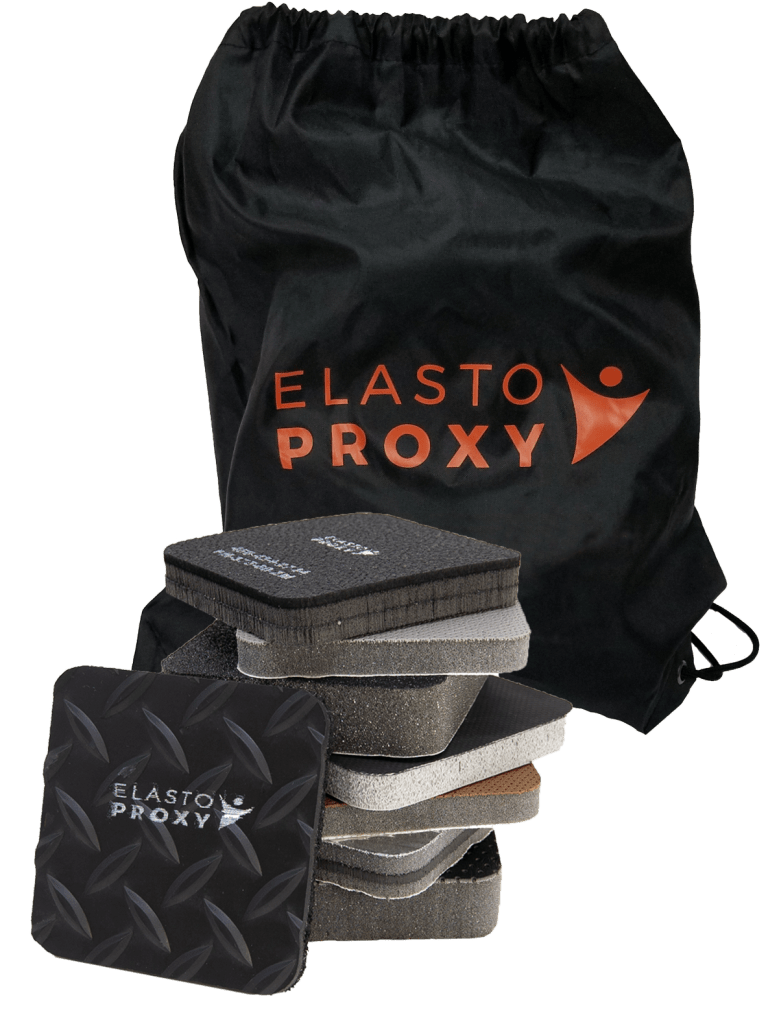
How do you buy a custom sound absorber?
Elasto Proxy can create a custom sound absorber with the properties that you need. For example, let’s say you need a solution that stops low-frequency sounds and is easy to install and clean. We can laminate a vinyl facing to a polyurethane foam and then, on the other side, apply a PSA adhesive with a removable liner.
Here are some additional examples of the solutions we provide.
- Un-faced polyester or polyurethane foams for maximum sound absorption
- Aluminized polyester faced foams for hostile environments that need to stay clean
- Urethane faced foams that reduce the ingress of dirt, particles, and debris
- Convoluted foams with increased surface area for enhanced sound absorption
To find your sound absorbing solution, contact us.
